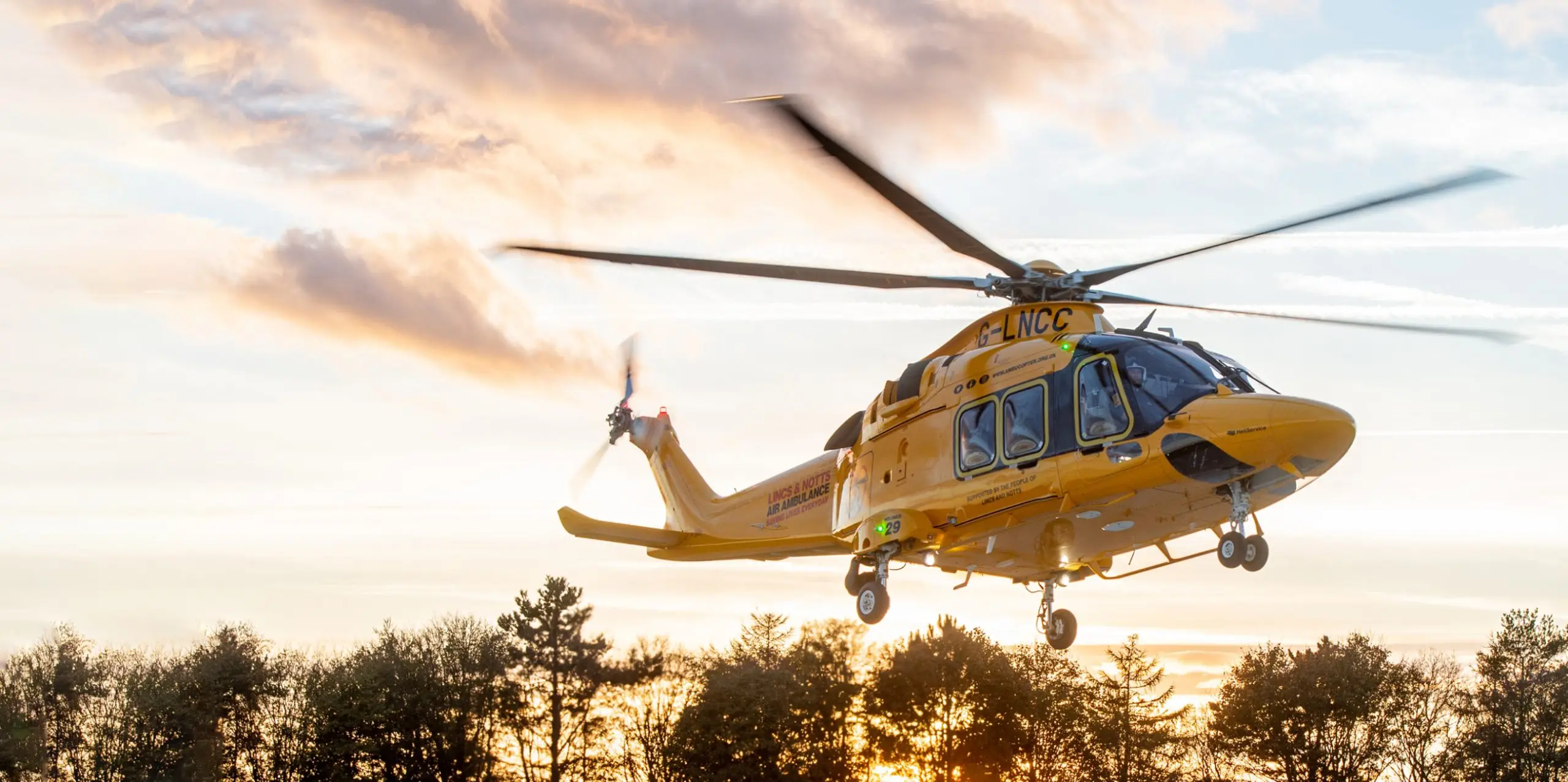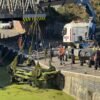The Lincolnshire & Nottinghamshire Air Ambulance (LNAA) has announced a major milestone in its history, a second helicopter, thanks to the launch of Mission Possible 2, a £7 million fundraising campaign that’s already raised over £4 million through generous public donations.
Covering an area of 3,500 square miles, the air ambulance, based just outside RAF Waddington, currently responds to an average of four life-threatening emergencies every day — but rising demand and mission numbers, up 135% in the past five years, mean that crews are sometimes already airborne when new calls come in. These “missed missions” leave critically ill or injured patients waiting longer for care.
“A second aircraft is a game-changer for patients and for us as we expand to be able to be by the side of more patients,” said Gareth Davies, LNAA Medical Director.
The second aircraft will be built by the Leonardo Company, and the charity has secured a place on the production line. Once airborne, it will enable faster response times, increased coverage, and most importantly, more lives saved across Lincolnshire and Nottinghamshire.
Speaking about the development, LNAA CEO Karen Jobling said: “We are absolutely delighted to share this incredible news with our supporters. The addition of a second helicopter means that we will be able to attend more emergencies, more quickly, and provide critical care to more patients who might not otherwise have access in time. This is truly a life-changing development for the communities we are here to serve.”
“Every life we save is a thanks to the people who support LNAA. The second helicopter will belong to everyone who has ever donated, fundraised, or supported us in any way. It will save many more lives, and we could not achieve this without them.”
The remaining £3 million needed to complete the campaign will be raised entirely through public donations — just as the charity has been funded since day one.
The LNAA team will be revealing more about Mission Possible 2 in the coming months, as they count down to the moment the new aircraft takes flight.








